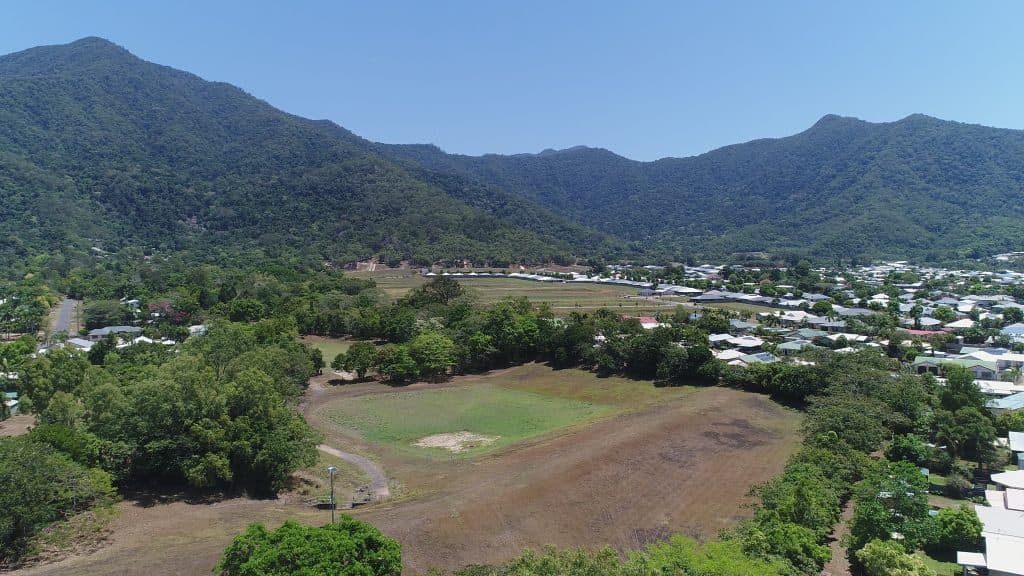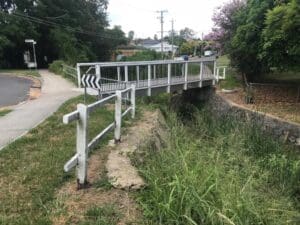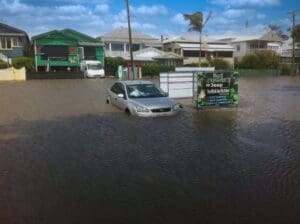McKinnon Creek Detention Basin Failure Impact Assessment

Client
Scope
Impact

Client
Scope
Impact
WMS was engaged by Cairns Regional Council to undertake a comprehensive Failure Impact Assessment (FIA) for the McKinnon Creek Detention Basin to ensure that the basin meets the Guidelines for Failure Impact Assessment of Water Dams (DNRME, 2018).
The project covered the following key aspects:
- Development of hydrologic and hydraulic models for the Collinson and McKinnon Creek catchment;
- Derivation of design rainfall and flood hydrology in line with the latest ARR 2019 guidelines;
- Simulation of dam breach scenarios and determination of the Population at Risk (PAR) for these scenarios; and
- Preparation of a certified FIA report in accordance with DNRME guidelines (DNRME, 2018).

The hydrology was updated to ARR 2019. The hydraulic assessment of the downstream flood impact was undertaken using the latest version of TUFLOW and the original assessment for overtopping failure was undertaken utilising the QLD DNRME methodology. The DNRME methodology, however, does not incorporate piping failure, and it was determined through initial discussions that piping around the basin outfall culvert may be the critical failure mechanism. As such, the most up-to-date literature methodologies were used to determine breach parameters for piping failure and the hydraulic assessment was undertaken using the new TUFLOW 1D piping failure model.
Sunny Day Failure (SDF) was not considered for the basin as it was determined that the basin does not hold water for longer than 3-5 hours and would typically be dry in a SDF.
The number of Population at Risk (PAR) was calculated for each design flood event for four failure modes (overtopping of embankment, overtopping of spillway and piping failure at two locations).
The critical failure scenario was determined to be piping failure following the alignment of the outlet structure and the PAR determined under this critical failure scenario was determined, with the basin rated under the Act, accordingly.






